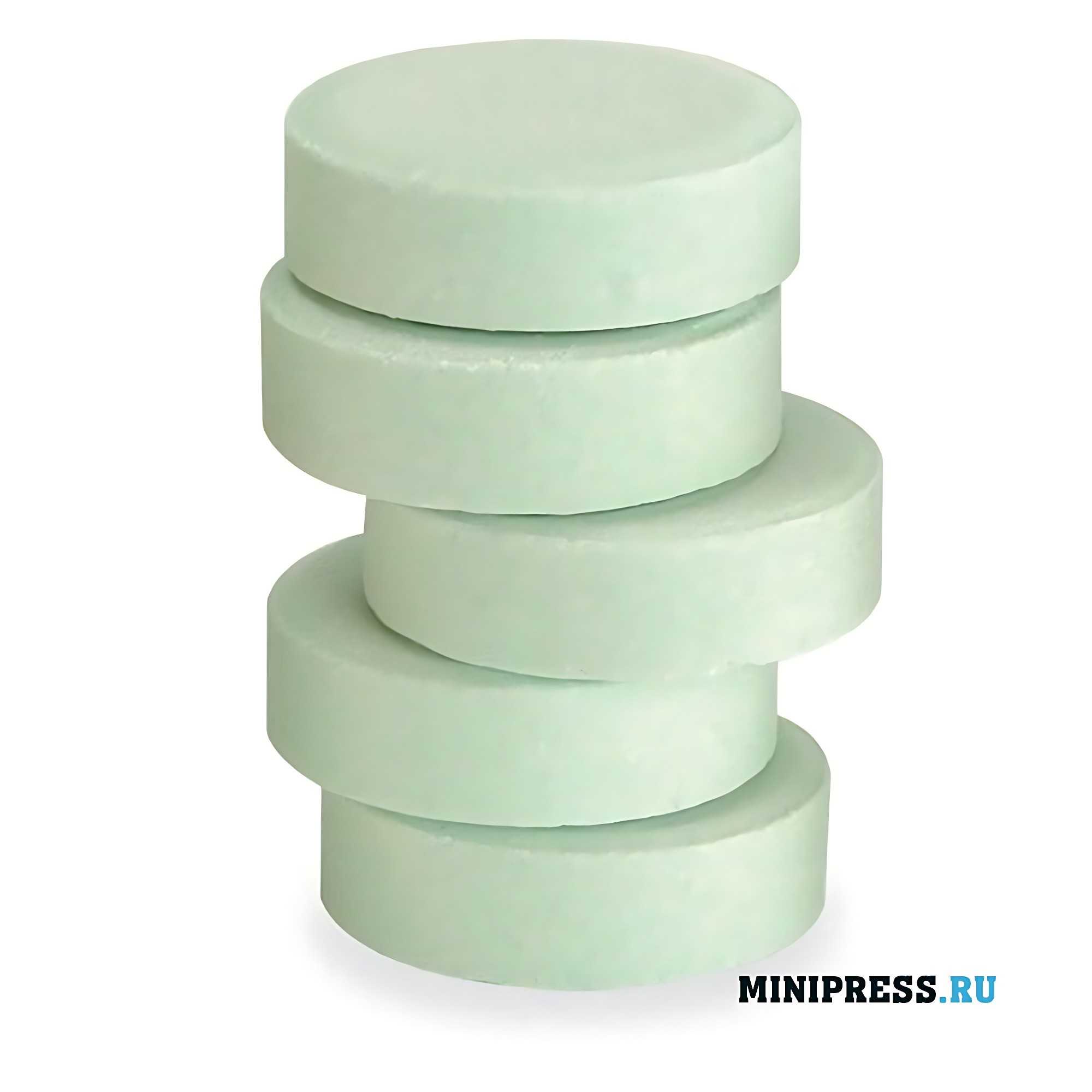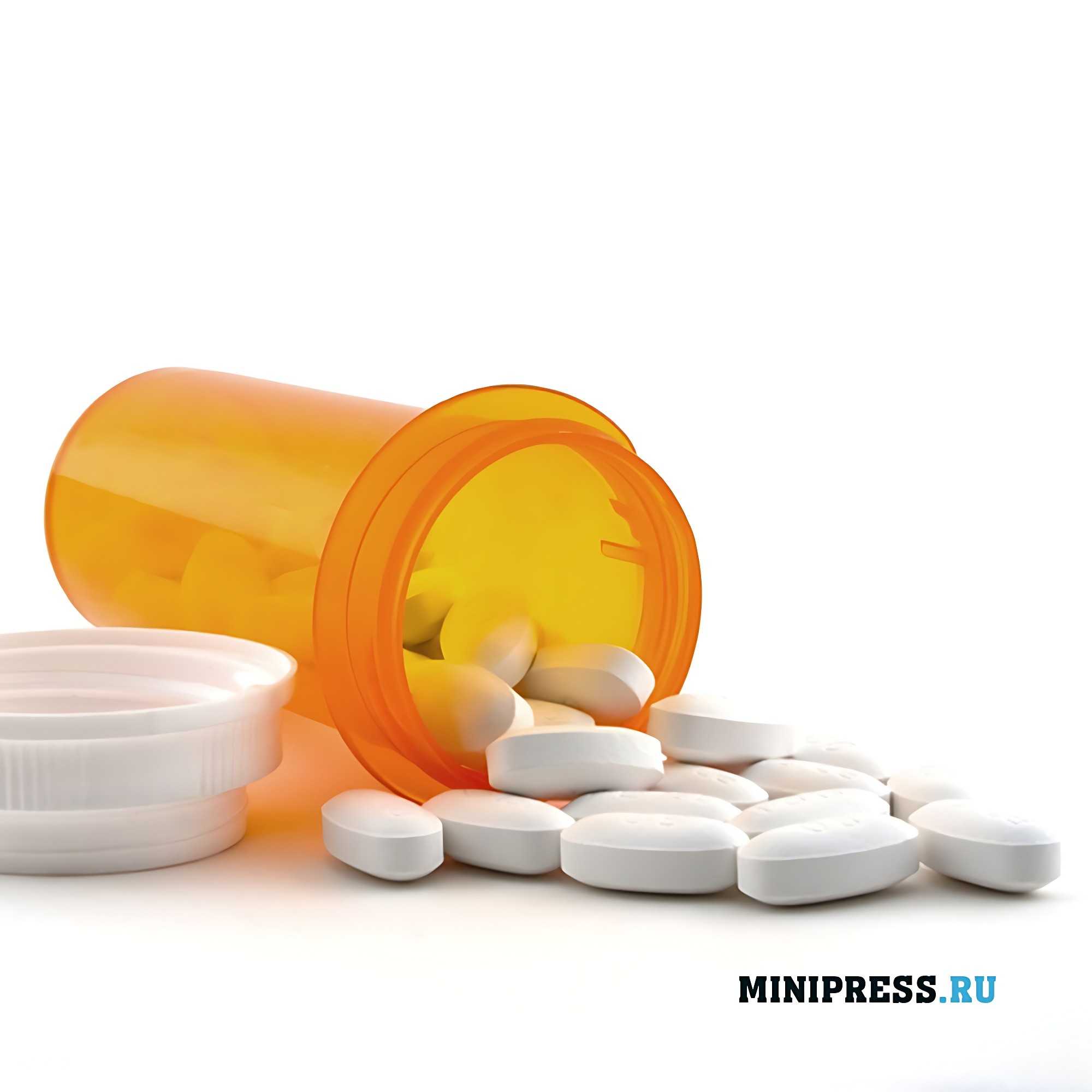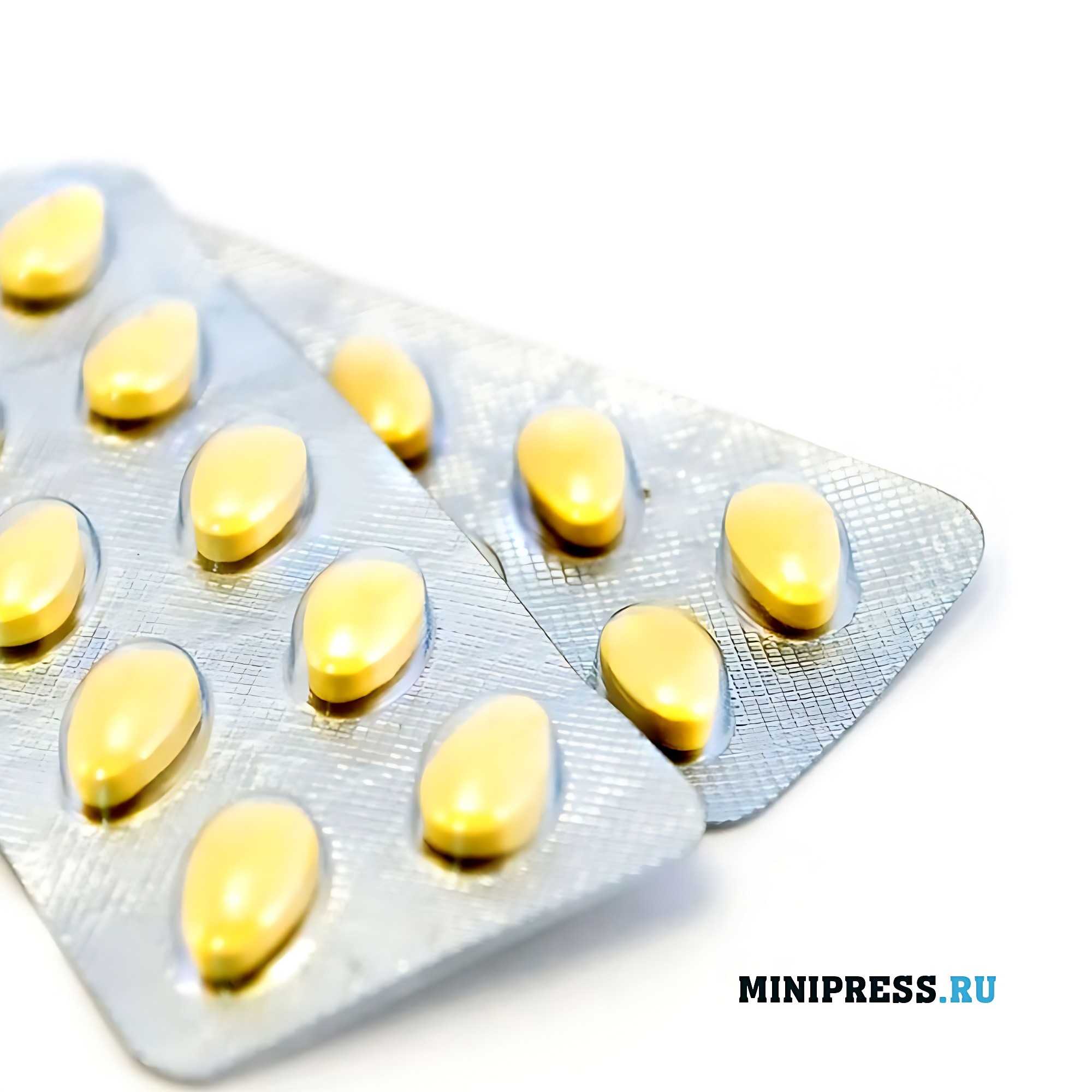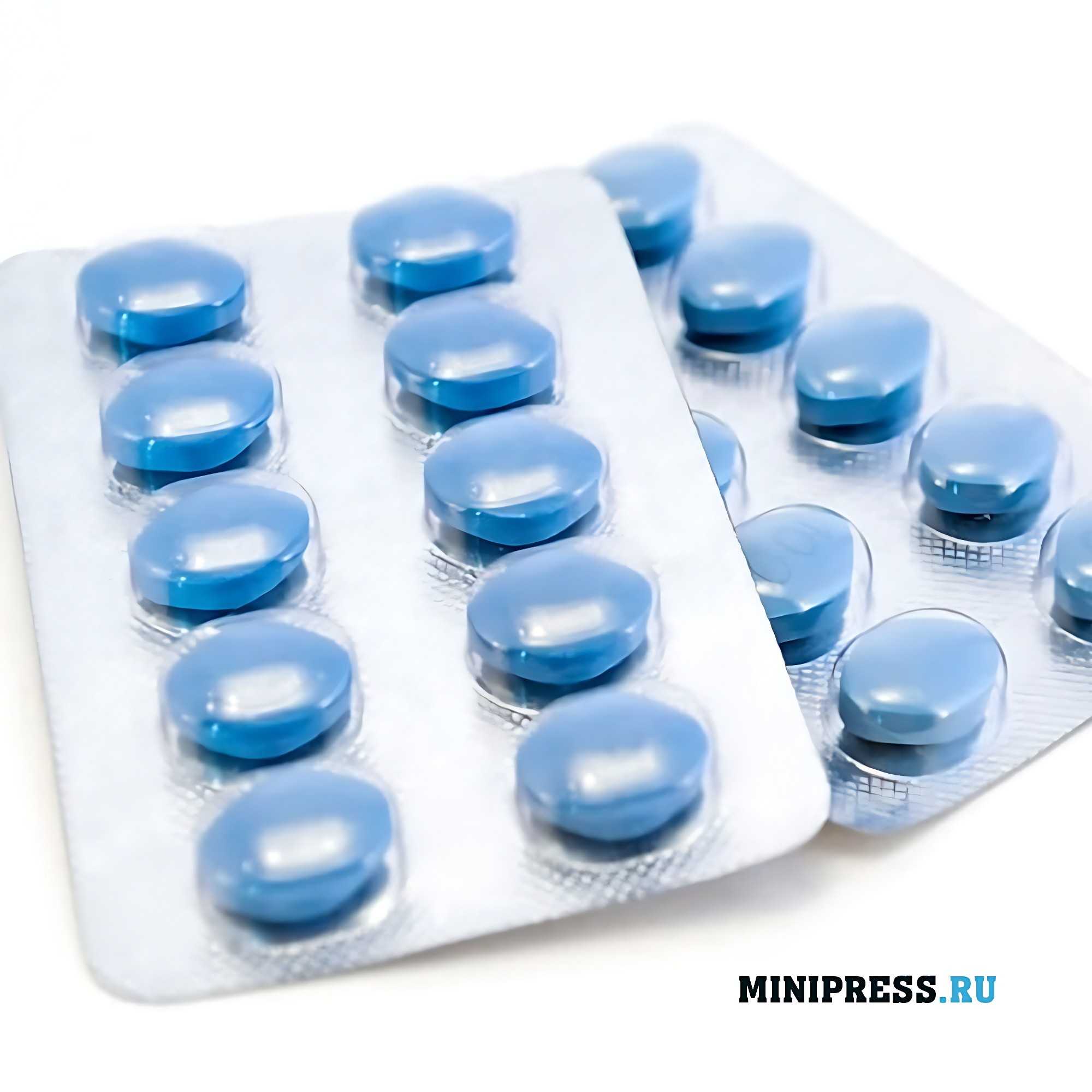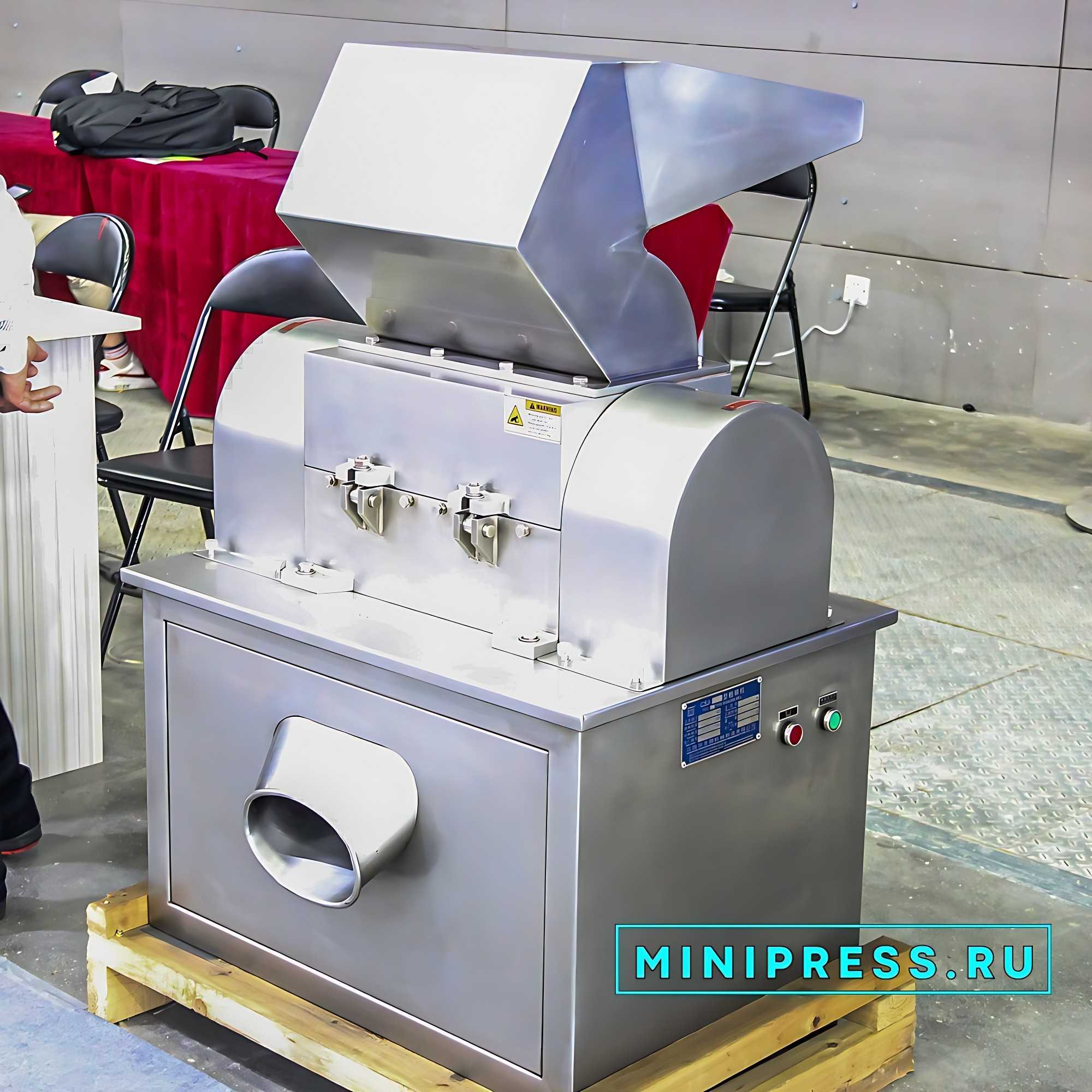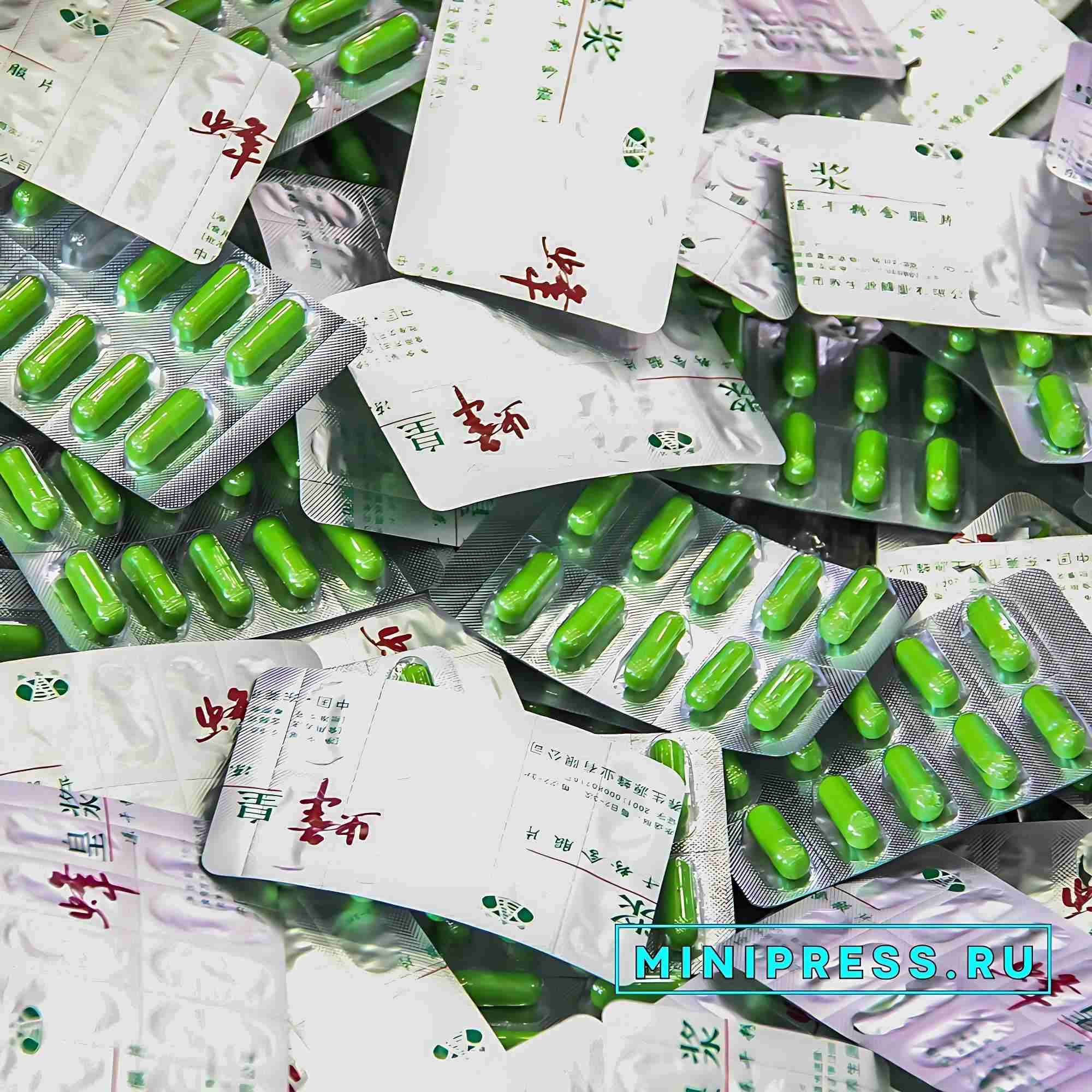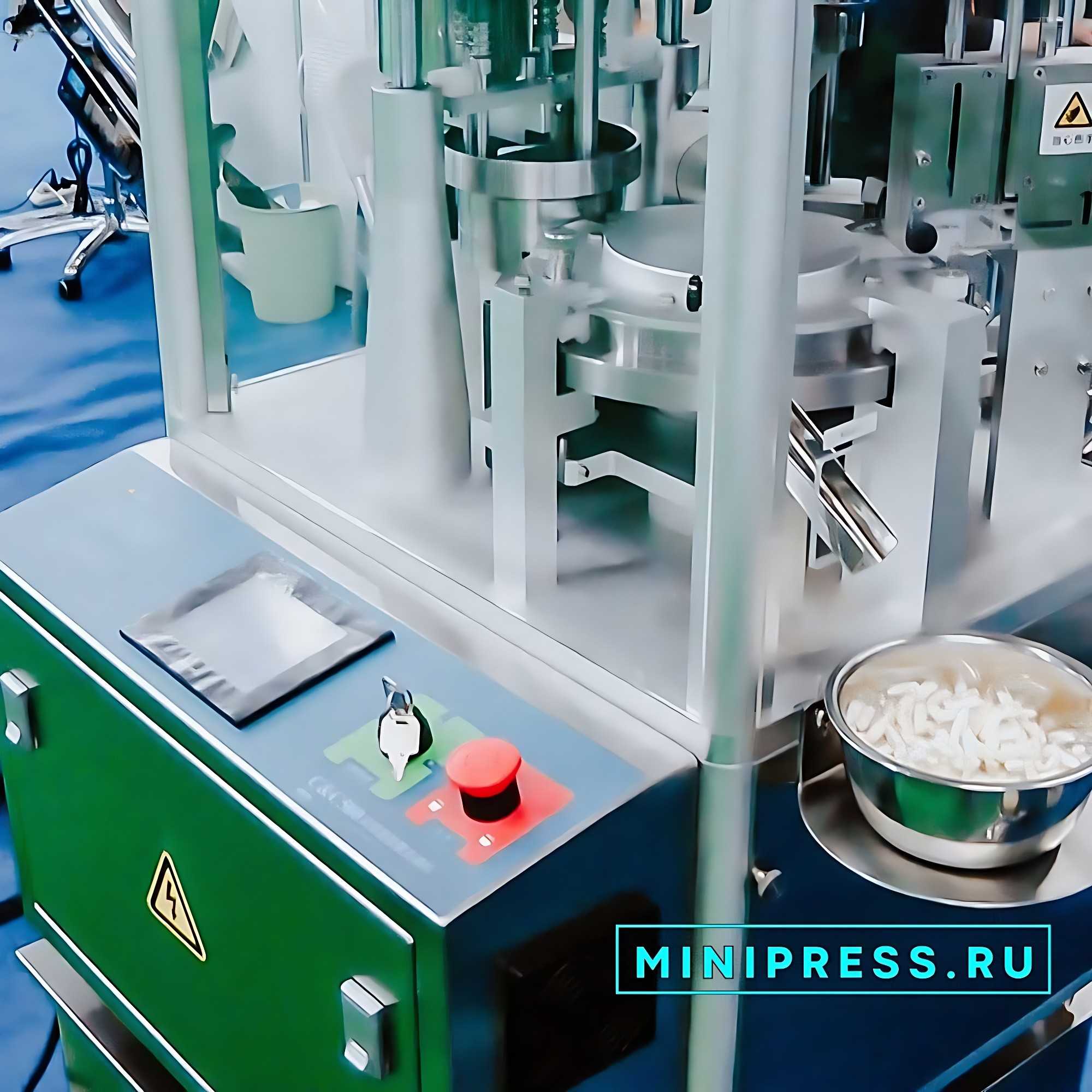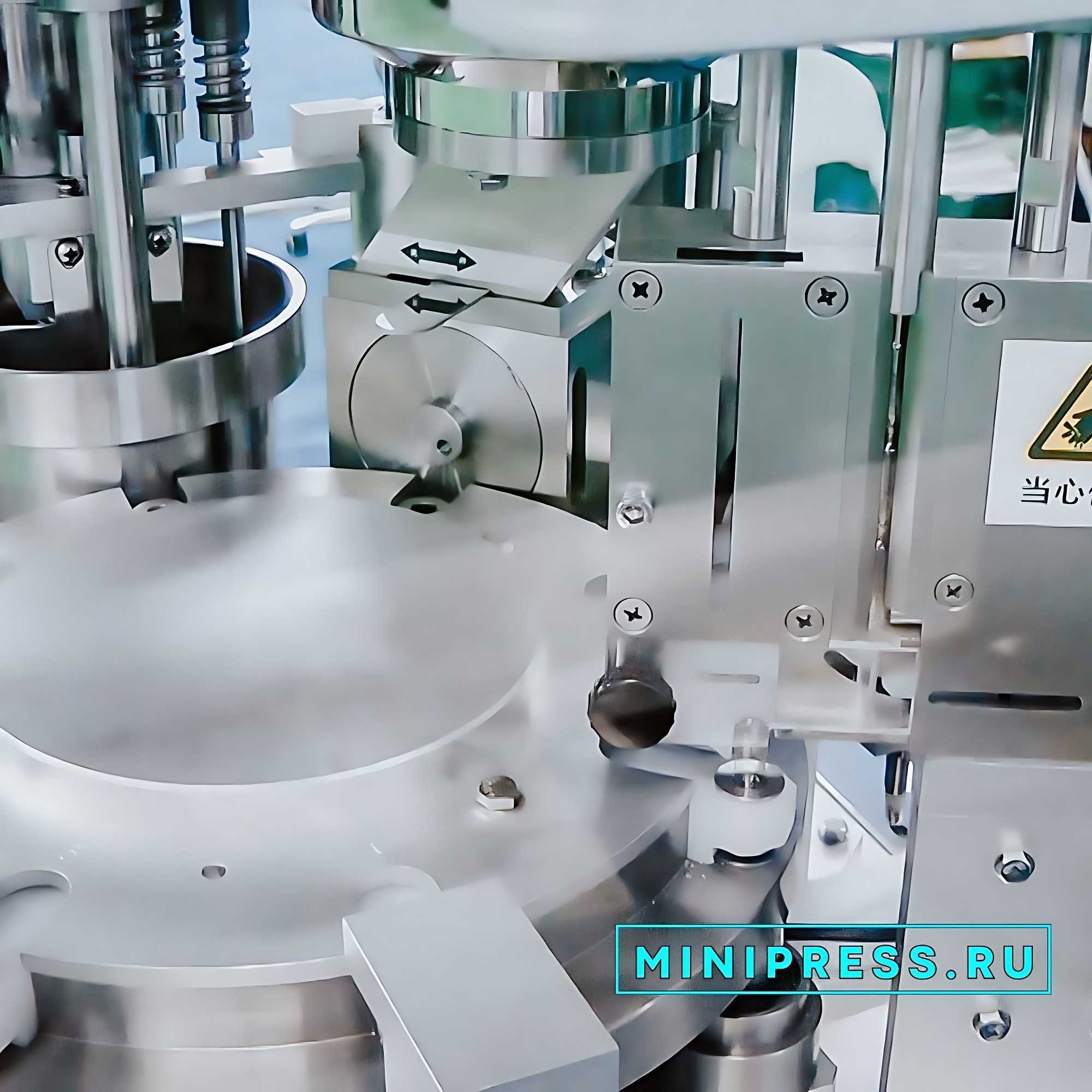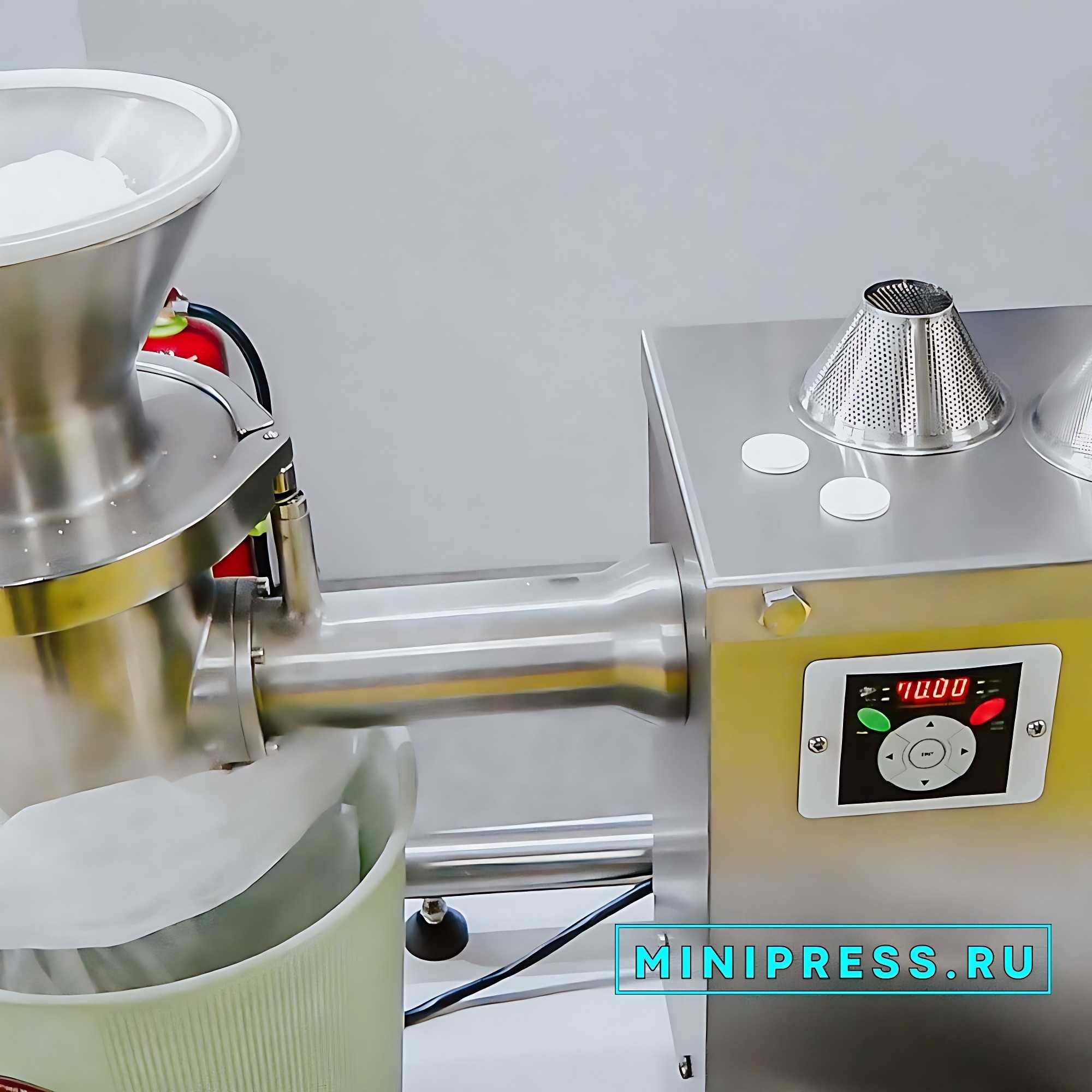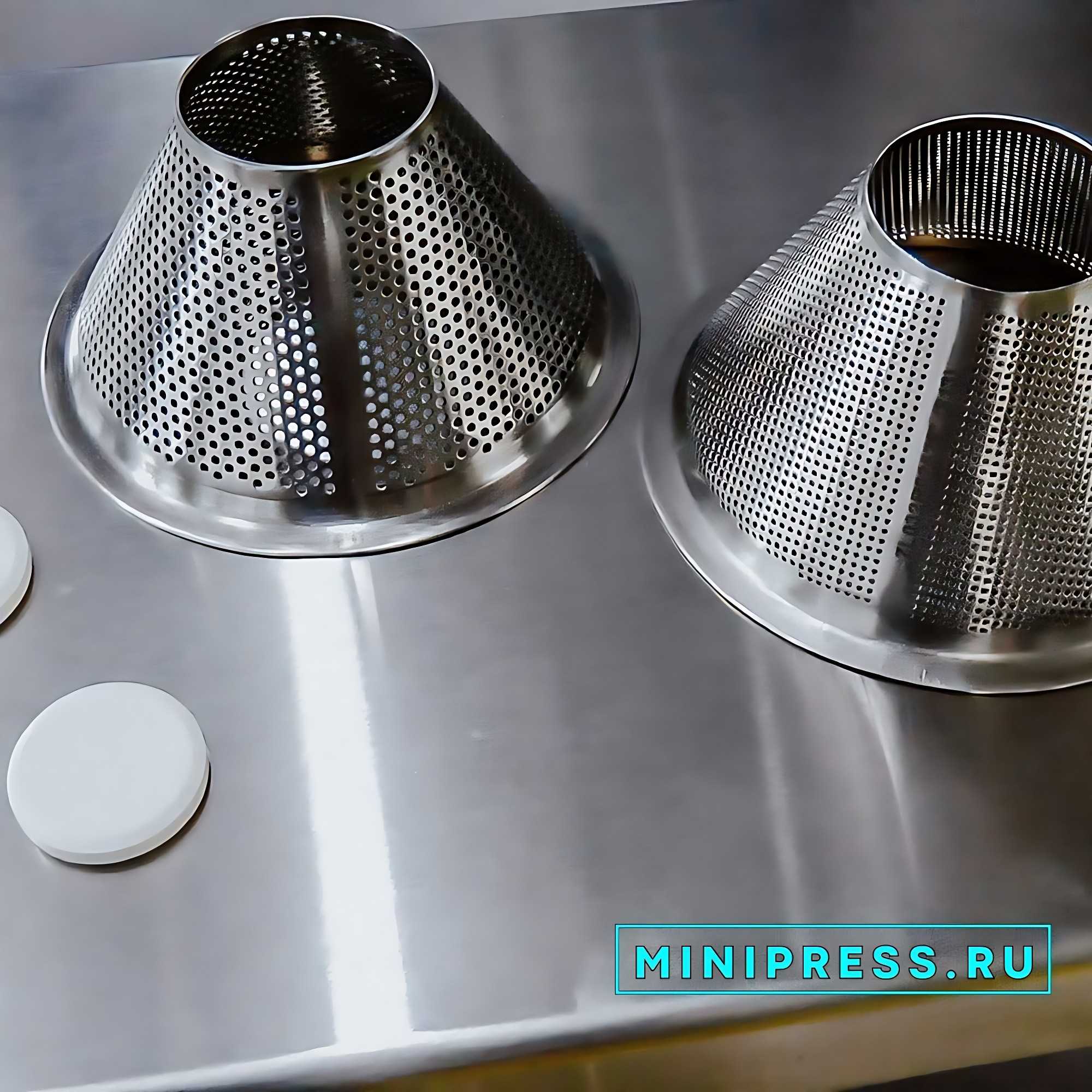Tablet (from Lat. tabella — tablet, tile) is a dosed dosage form obtained by pressing medicinal or a mixture of medicinal and auxiliary substances. Intended for internal, sublingual, implantation or parenteral use. The first information about tablets dates back to the middle of the XIX century. In España, the first large tablet workshop opened in 1895 in St. Petersburg. Tablets are one of the most common and promising dosage forms and, as mentioned earlier, currently account for about 80% of the total volume of finished dosage forms. This is due to the fact that tablets have a number of advantages over other dosage forms, namely: the accuracy of dosing of medecine injected into tablets; the portability of tablets, which provides convenience of dispensing, storage and…
¿CÓMO REDUCIR EL PRECIO?
La razón de la reducción de precios podría ser:
• Seleccionar un método de pago
• Pago bajo contrato directamente al fabricante
• Ordenar más de dos artículos de equipo
• Denegación de entrega y despacho de aduana
• Eliminación de la inspección del equipo antes del envío
Todos y siempre dan buenos descuentos, fáciles de negociar!
Teléfono: +79853643808
Correo electrónico: info@minipress.ru
 8169
8169 7631226
7631226